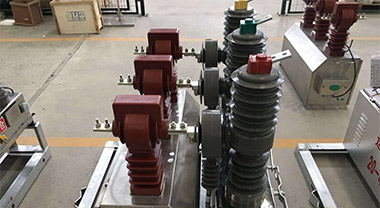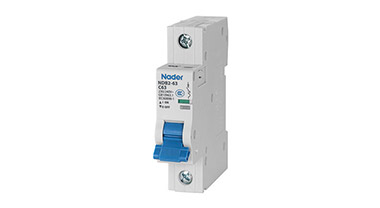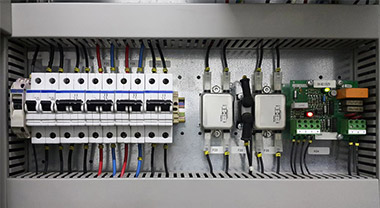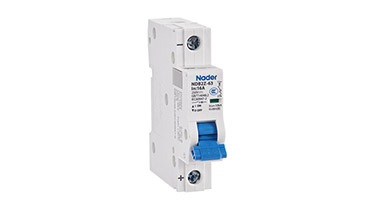How to troubleshoot leakage circuit breaker trip fault?
How to judge the tripping due to leakage fault? First, the tripped circuit breaker has the function of leakage protection; secondly, after the trip, the reset button of the leakage protector protrudes, and the button needs to be pressed to close normally.
Step 1: Determine the trip location
First of all, it is necessary to know which circuit breaker has tripped, the branch circuit breaker or the main switch?
If the main switch is tripped, it is very likely that the circuit breaker will malfunction due to the leakage of the light circuit when it is started. This is also the main reason why it is not recommended to use leakage protectors in the main switch.
If the branch switch trips, it proves that the branch has leakage. The first thing to do is to refer to the decoration drawings and mark out all the sockets under the branch.
Step 2: Determine the fault line
At this time, the approximate location of the leakage fault can be basically determined. However, there are three wires in the socket circuit-neutral, live, and ground. How to judge which line is leaking?
This should start from the time of the trip-first of all, it should be sure that the ground wire will never cause the trip. Because if the ground wire is damaged and leakage occurs, the leakage protection function will not be triggered.
At this time, all plugs on the sockets should be unplugged, switch on and try again. If it trips immediately after closing at this time, it can be concluded that the live wire is damaged and leaking. If it does not trip immediately after closing, but trips as soon as the plug is plugged in, it proves that the leakage in the circuit is caused by the damage of the neutral line.
If there is no tripping in the two experiments, there may be an internal leakage of an electrical appliance. At this time, the electrical appliances should be connected to the circuit one by one to observe the status of the leakage protector.
Step 3: Determine the point of failure
After knowing which line is the fault, the next step is to determine the fault point.
When judging the fault point, the sockets should be removed one by one from far and near (distance from the distribution box), replace the suspected fault line with a new line, and repeat the above experiment.
Which wire is disconnected and no longer trips, it proves which wire has a problem.




